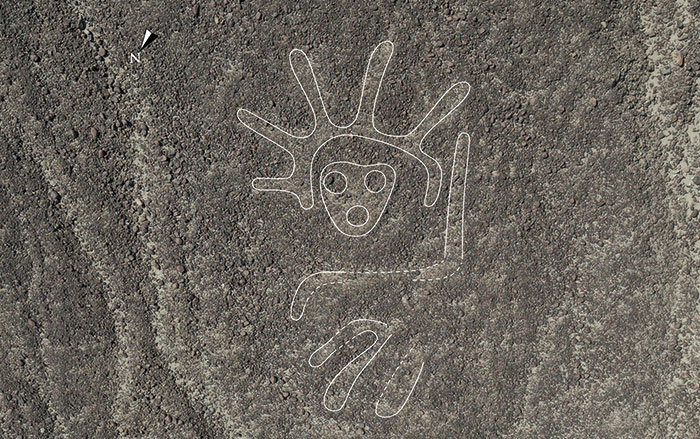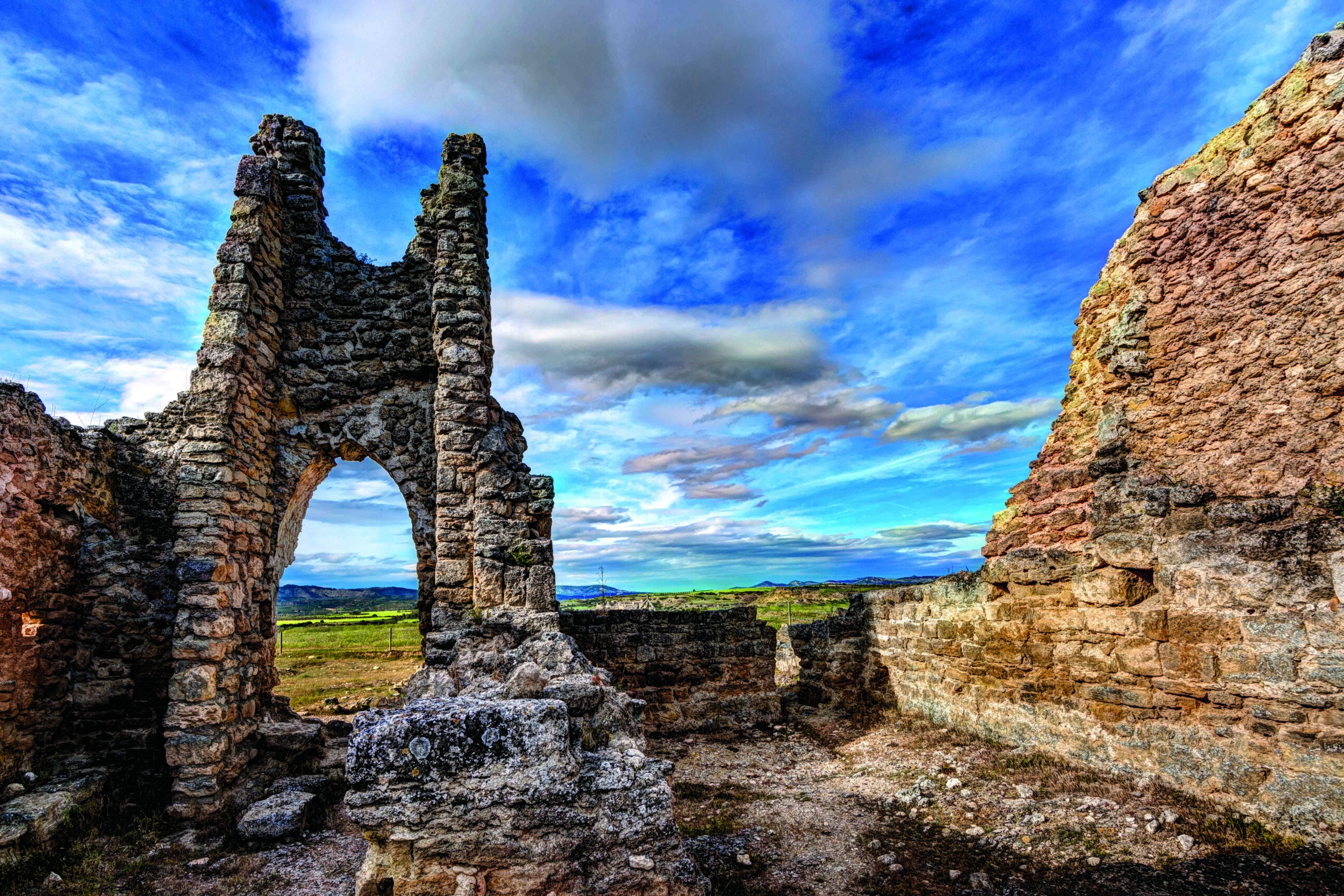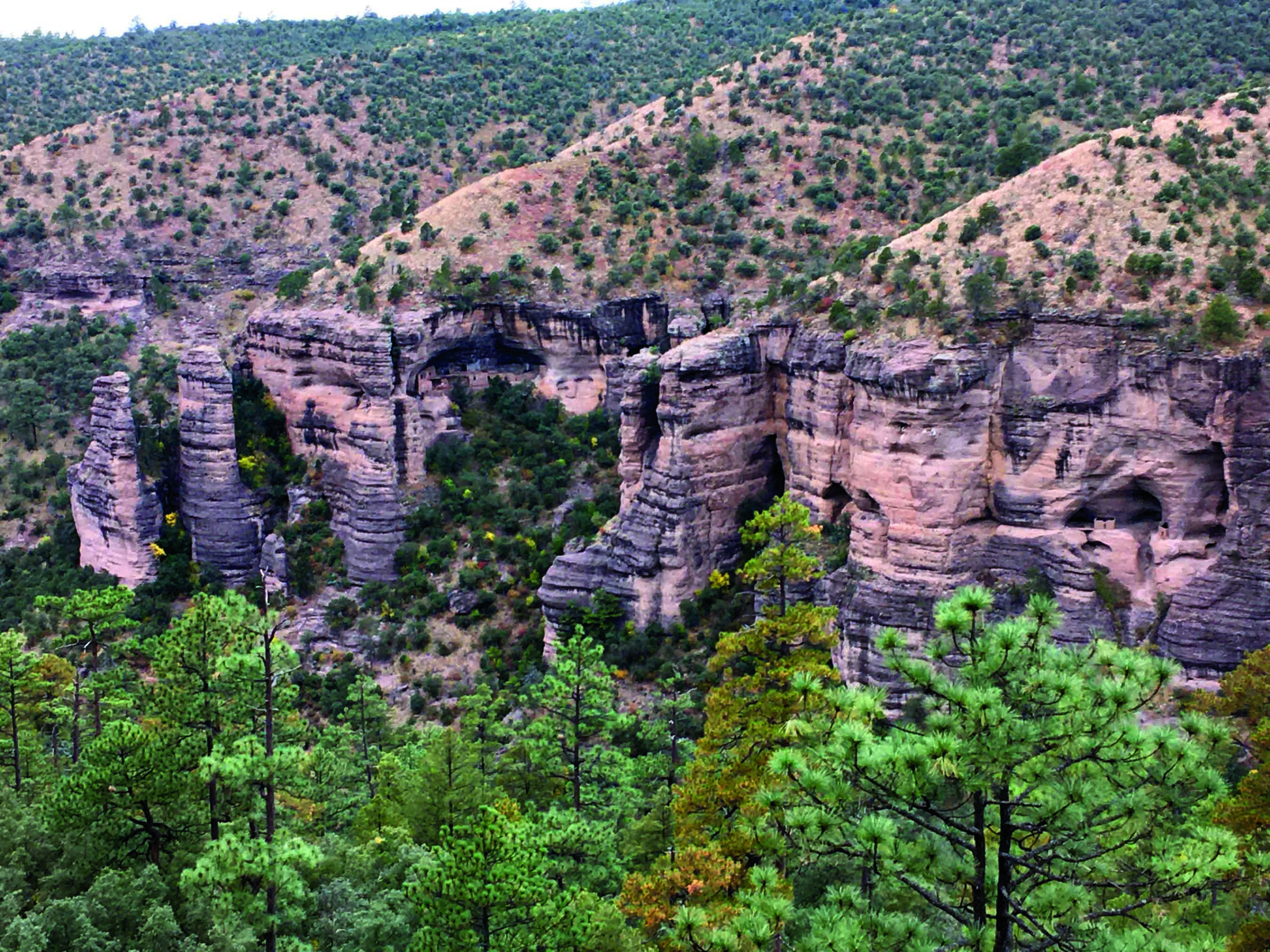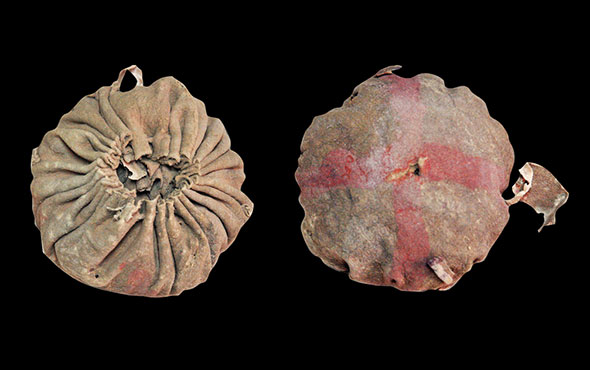GRONINGEN, NETHERLANDS—According to a statement released by the University of Groningen, Mladen Popović, Lambert Schomaker, and Maruf Dhali used a computer algorithm to analyze the Great Isaiah Scroll, which was discovered in Qumran Cave 1 in 1947. It had been previously suggested that the document was written by at least two scribes, but scholars had not able to detect any specific, identifying traits in the handwriting. To attempt to answer this question, Popović and his colleagues developed an algorithm to separate the ink from its background so that the curves of individual letters and the shapes of whole characters could be compared. Dhali said that the 54 columns of text in the scroll could then be divided into two groups, with the division occurring about halfway through the scroll. Further analysis of the individual letters revealed the work of two scribes, Schomaker said. The second scribe showed more variation in his writing than the first scribe, even though their writing is very similar. Finally, the researchers created an “average” of one character for each half of the scroll, and found that the two average letters appear different from each other, even though the human eye might not be able to detect the differences in the character when looking at the document as a whole. For more on the Dead Sea Scrolls, go to "Scroll Search."
Dead Sea Scroll Analyzed With Artificial Intelligence
News April 22, 2021
Recommended Articles
Digs & Discoveries January/February 2025
Nazca Ghost Glyphs

Off the Grid November/December 2025
Bighorn Medicine Wheel, Wyoming

Letter from Mongolia November/December 2025
Building the Black City
Why the nomads of the Uighur Empire constructed a medieval urban center like no other

Digs & Discoveries November/December 2025
In His Majesty's Secret Service

-
Features March/April 2021
The Visigoths' Imperial Ambitions
How an unlikely Visigothic city rose in Spain amid the chaotic aftermath of Rome’s final collapse
 Yil Dori
Yil Dori -
Letter from Chihuahua March/April 2021
Cliff Dwellers of the Sierra Madre
A recurring design motif found in northern Mexico’s ancient mountain villages reflects complex cultural ties between distant peoples
 (Photo by Stephen H. Lekson)
(Photo by Stephen H. Lekson) -
Artifacts March/April 2021
Subeixi Game Balls
 (Courtesy Patrick Wertmann)
(Courtesy Patrick Wertmann) -
Digs & Discoveries March/April 2021
An Enduring Design
 Courtesy Durham University
Courtesy Durham University


